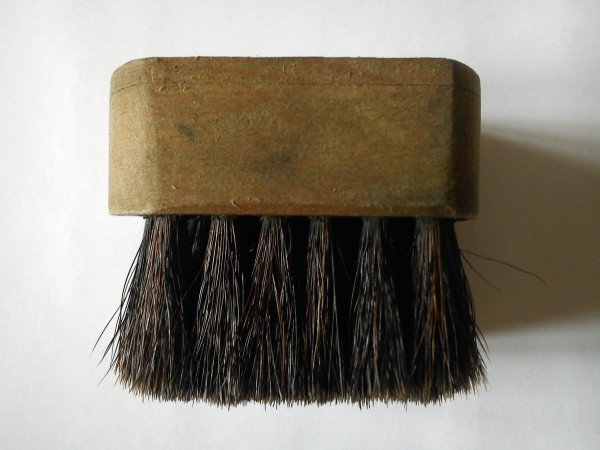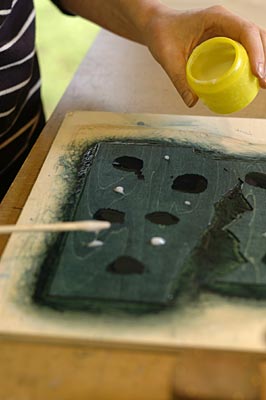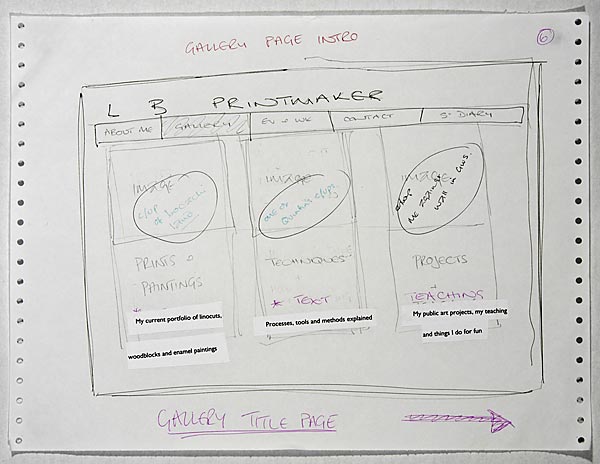Yesterday I had the pleasure of going to visit Industrial Brushware UK tucked away on a street at the back of Birmingham. I stumbled across the company during one of my frequent hunts on the web for anything approximating the print kit I was given in Japan. Brushes are and aren’t a problem: I had the sense to buy enough in Japan for myself in a wide variety of sizes, but I wasn’t planning to teach then and I certainly wasn’t planning to put together printing kits to sell.
Japanese printing brushes are things of beauty. Here I am talking about burashi which look like a mini shoe brush. They are expensive, horsehair and you can buy one sort of burashi of one size in one shop in the UK (please mail me and tell me I am wrong: it would make my day).
Then I found Industrial Brushware whose owner, Mr Palmer, seemed surprised that I should want something as undemanding as a little horsehair brush. He’s used to servicing nuclear plants and the military, making brushes that strip barnacles from boats and peas from vines, brushes that perforate bread wrapping and polish fine lenses…
At the moment I am trying to decide if I should go with fine hog bristle (untraditional, but Mr Palmer says has a better ‘shape memory’ and it does feel lovely and soft – do the Chinese have silky pigs?) or traditional horsehair. Either way when I get the brushes they will need conditioning.
Conditioning means splitting the hair: split ends make for good printing and it’s an essential step. It is best done under a powerful extractor fan. The brush must have its tip singed on hot metal and then have the singed bit rubbed very carefully on sharkskin if you are in Japan or know a keen fisherman, or on coarse sandpaper if you are British. I have done all this with one of Mr Palmer’s hog hair test brushes which now smells unsurprisingly like a wet pig that’s been standing too close to an electric fire. When it dries out I will print with it and keep you posted…


